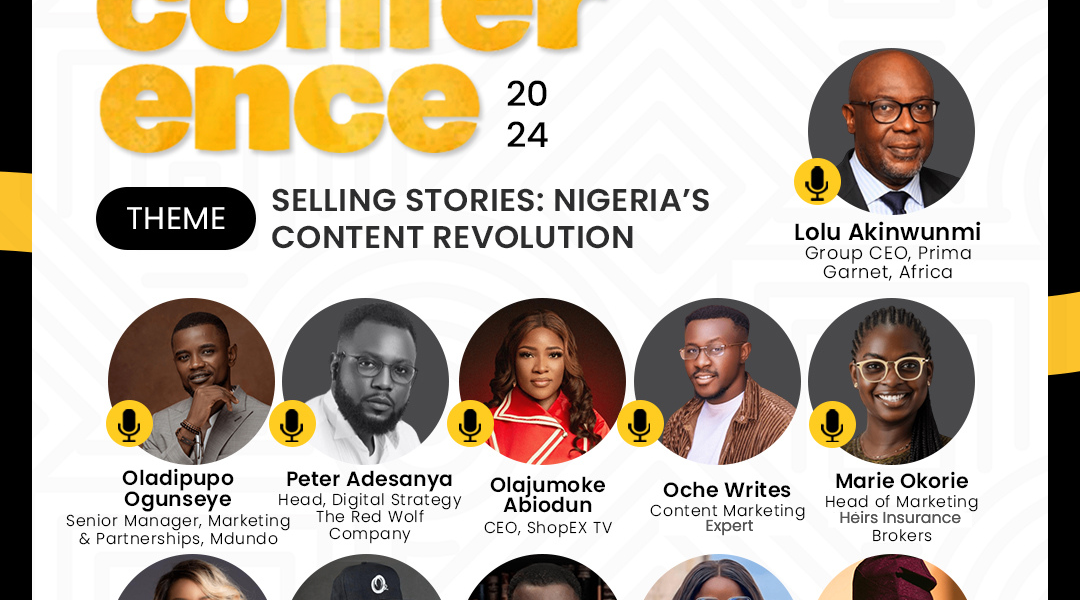POV: Content has since lost its throne to culture due to evolving consumer trends, behaviours and commoditization of content, channels and consumption formats.
It was as far back as 1996 that Bill Gates said “Content is King”; now it seems Culture is wearing the crown.
Undoubtedly, from a value perspective, Content is key considering it used to be the central focus of everything. However, with the world now saturated with billions of multimedia forms of content, and the average attention span of consumers dropping to its lowest, the relevance of Content is now largely dependent on the influence of local context, cultural relevance and consumer futures.
An average of 8 seconds is what data scientists and media analysts believe is now the average consumer attention span, and people will most definitely not spend their time on consuming information that is of no value to them.
With the help of trends-based research and contextualised meaning, marketing teams can curate bespoke content that people will naturally gravitate towards through the creation of unique, distinct, and customised messages that connect and engage first, rather than market and sell. Hence, the synchronization of context (nuanced meaning, inferred values) with content (idea, message, call to action), will lead to more effective marketing efforts.
However, let’s not forget that the successful incorporation of contextual awareness into marketing content lies in the in-depth understanding of consumer culture and human behaviour. The world has evolved beyond the age of generalizing interests and consumerism by looking at data analysis that not only informs, but impacts people, culture and society.
“Agencies have to reset and understand culture. To me, content is not king; it has always been culture. Content needs to be contextualised; advertising needs to be contextualised; marketing of products, services and platforms need to be culturally contextualised to make sense and sustainable impact,” says Frankline Ozekhome, a trends expert and pop culture strategist.
Continuing, he explained: “If we segment Lagos only, you’ll notice immediately that consumers behave differently when they find themselves in different locations. For instance, GRA Ikeja and Awolowo Way Ikeja, even though there’s barely a five minute difference in distance. The kind of beer you drink, the price you pay for it, and how you relate with people around you is remarkably different when you are at an English pub in GRA, and hanging out at a bistro on Awolowo Way. And why this change in behaviour? You’re still the same guy with the same income, moods and habits. It’s because of the environment. You’re trying to fit into the form. To blend in with little fuss. This observation is also noticeable among consumers living in Lekki and Victoria Island, Lagos and Port Harcourt, Warri and Benin, and Kano and Kaduna.”
Consumers are unique everywhere you find them, so it is important for marketers to map consumer segmentation models based on culture, contextualised meaning and inherent importance to their lives and livelihood.
So, let’s see Content as a prince who wouldn’t be accorded any importance if his father wasn’t a king.




